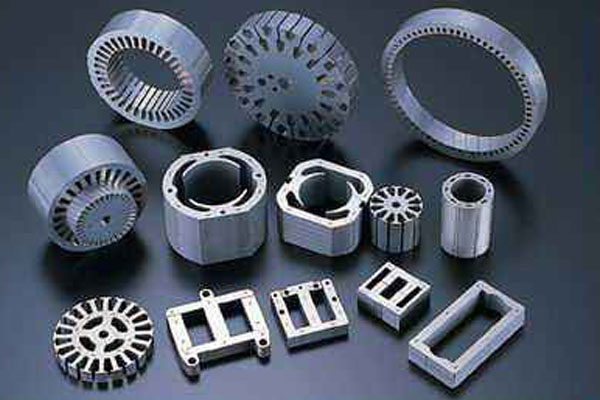Wire cutting is a technology to achieve the workpiece size processing. Under certain equipment conditions, the reasonable formulation of processing routes is an important part of ensuring the processing quality of workpieces. The process of wire EDM machining molds or parts can generally be divided into the following steps. Analyzing and reviewing the drawings The analysis drawings are the decisive first step to ensure the processing quality of the workpiece and the comprehensive technical indicators of the workpiece.

1. Analyze and review the drawings
Analyzing the drawing is a decisive first step to ensure the processing quality of the workpiece and the comprehensive technical index of the workpiece. Taking the punching die as an example, when digesting the pattern, first select the workpiece pattern that cannot or is not easy to be processed by EDM. There are roughly the following types:
⑴The surface roughness and dimensional accuracy are very high, and the workpiece cannot be manually ground after cutting;
⑵Workpieces with narrow slits smaller than the diameter of the electrode wire plus the discharge gap, or the corners in the figure are not allowed to have rounded corners formed by the discharge gap of the electrode plate derrick;
⑶ Non-conductive materials;
⑷Parts with a thickness exceeding the wire frame span;
⑸Processing length exceeds the effective stroke length of the x, y carriage, and the workpiece with higher accuracy requirements.
Under the condition of conforming to the wire cutting process, it should be carefully considered in terms of surface roughness, dimensional accuracy, workpiece thickness, workpiece material, size, fit clearance and punched part thickness.
2. Programming considerations:
(1) Determination of die gap and transition circle radius.
Reasonably determine the die gap. The reasonable selection of the die gap is one of the key factors related to the life of the die and the size of the burr of the punched parts. The die gap of different materials is generally selected in the following range:
Soft materials, such as copper, soft aluminum, semi-durable aluminum, bakelite, red cardboard, mica sheet, etc., the gap between the convex and concave die can be selected from 10% to 15% of the thickness of the punching material. For hard punching materials, such as iron sheet, steel sheet, silicon steel sheet, etc., the gap between the convex and concave die can be selected as 15% -20% of the punching thickness. This is the actual empirical data of some wire-cutting punching dies, which is smaller than the large gap punches popular in the world. Because the surface of the workpiece processed by wire cutting has a fragile melted layer, the larger the processing electrical parameters, the worse the roughness of the workpiece surface and the thicker the melted layer. With the increase of the die stroke, this layer of brittle and loose surface will gradually wear away, and the die gap gradually increases. Reasonably determine the radius of the transition circle.
In order to improve the service life of cold stamping dies in general, transition circles should be added to the lines, circles and far intersections, especially the corners with small angles. The size of the transition circle can be considered according to the thickness of the punched material, the shape of the die and the required life and the technical conditions of the punched parts. With the thickness of the punched parts, the transition circle can also increase accordingly. Generally, it can be selected within the range of 0.1-0.5㎜. For the punching material is thin, the die fit gap is small, and the punching piece does not allow an enlarged transition circle, in order to obtain a good convex and concave die fit clearance, generally a transition circle should be added at the corner of the figure. Because the wire processing trajectory will naturally process a transition circle with a radius equal to the wire radius plus the single-sided discharge gap at the inner corner.
(2) Calculate and write processing programs
When programming, according to the situation of ingredients, choose a reasonable clamping position, and at the same time determine a reasonable starting point and cutting route. The cut-off point should be taken at the corner of the figure, or at a position where the convex tip can be easily repaired. The cutting route is mainly based on the principle of preventing or reducing mold deformation. Generally, it should be considered that it is easy to cut the graphics near the side with the clamping.
(3) For molds with high dimensional accuracy requirements and a small gap between the male and female molds, a thin material must be used for trial cutting, and the precision and matching gap can be checked on the cut parts. If it is found that it does not meet the requirements, it should be analyzed in time to find out the problem and modify the program until the mold is officially processed. This step is an important link to avoid scrapping the workpiece.